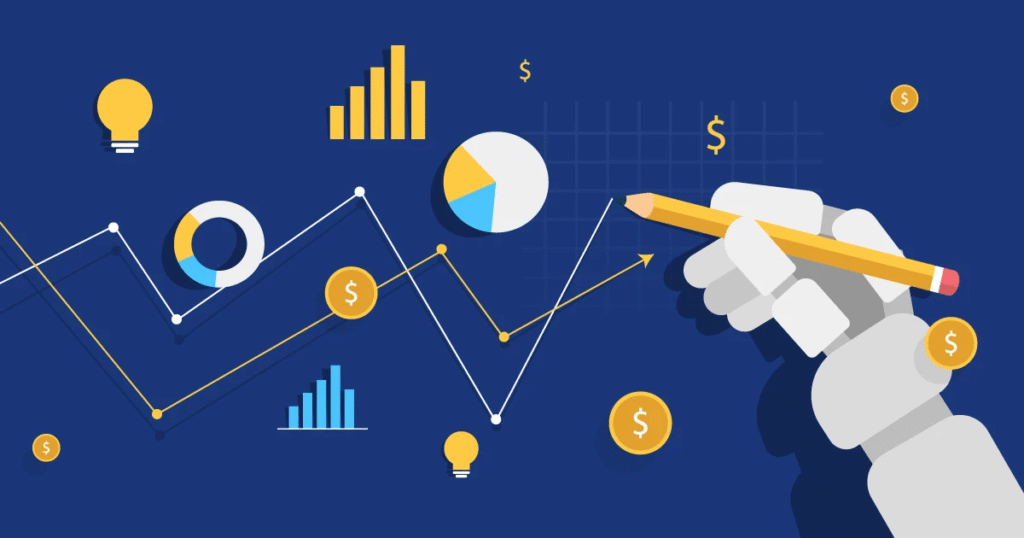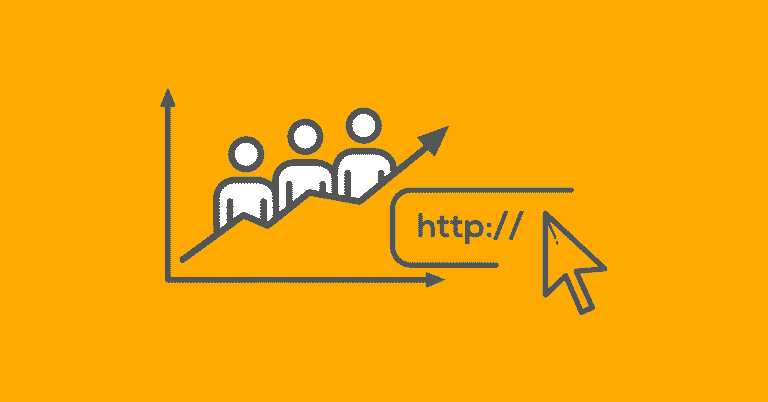In the fast-paced world of retail, understanding customer behavior is crucial to staying competitive. In Australia, retailers are increasingly turning to predictive analytics to gain deeper insights into their customers’ preferences, behaviors, and purchasing patterns. By leveraging AI-driven analytics, businesses can forecast future trends, personalize customer experiences, and optimize inventory management, all while increasing profitability.
Predictive analytics is no longer a tool reserved for large corporations with vast amounts of data. Thanks to advancements in AI and machine learning, Australian retailers—from boutique stores to major chains—are harnessing predictive analytics to make smarter, data-driven decisions. In this blog, we’ll explore how predictive analytics is transforming the retail landscape in Australia and how it’s helping retailers understand their customers better than ever before.
1. Unlocking Customer Behavior Insights
To make informed decisions, Australian retailers need to understand their customers’ behavior. Predictive analytics helps retailers analyze historical data, such as past purchases, browsing habits, and demographic information, to predict what customers are likely to buy in the future.
For instance, AI-powered predictive models can identify trends such as seasonal preferences, changes in buying habits, or shifts in consumer sentiment. This allows retailers to forecast demand and adjust their product offerings accordingly, ensuring they have the right items in stock at the right time.
Take Kogan.com, an Australian online retailer, which uses predictive analytics to understand customer purchasing patterns and recommend products that shoppers are likely to be interested in. By analyzing browsing history and past behavior, Kogan can predict which items customers are most likely to buy, making personalized product recommendations that improve the shopping experience and drive sales.
2. Personalizing Customer Experiences
In today’s retail world, consumers expect personalized experiences. Predictive analytics is at the heart of this transformation, enabling retailers to tailor their marketing efforts and product recommendations to individual customers.
AI models can segment customers based on their preferences, behaviors, and demographic data, allowing retailers to create highly targeted marketing campaigns. Whether it’s sending personalized offers, product recommendations, or tailored content, retailers can use predictive insights to engage customers more effectively and increase conversion rates.
The Iconic, Australia’s leading online fashion retailer, uses predictive analytics to recommend clothing items based on a customer’s past purchases, browsing history, and style preferences. This not only enhances the customer experience but also increases sales by providing shoppers with products that match their personal style and preferences.
Furthermore, retailers can use predictive analytics to send timely and relevant promotions, such as discounts on products customers have shown interest in or offers for items frequently bought together. This creates a sense of personalized value, making customers feel more connected to the brand.
3. Optimizing Inventory Management and Reducing Waste
Managing inventory is one of the most challenging aspects of retail. Overstocking leads to excess inventory and waste, while stockouts can result in lost sales and frustrated customers. Predictive analytics helps retailers optimize their inventory by forecasting demand more accurately.
AI-driven predictive models analyze historical sales data, seasonal trends, and external factors (like economic conditions or weather patterns) to determine which products are likely to sell best in the coming months. This enables retailers to stock the right quantities of the right products, reducing the costs associated with excess inventory and minimizing stockouts.
For example, Woolworths, one of Australia’s largest supermarket chains, uses predictive analytics to optimize its inventory and reduce food waste. By forecasting demand accurately, Woolworths ensures that perishable items are stocked in the right quantities, reducing waste while meeting customer demand.
Additionally, predictive analytics can help retailers adjust their supply chain strategy by identifying slow-moving products or trends before they become a problem, allowing them to make data-driven decisions about inventory replenishment.
4. Improving Pricing Strategies
Pricing can be a delicate balancing act for Australian retailers. Set prices too high, and you risk losing customers; set them too low, and you may not be able to cover costs. Predictive analytics enables retailers to optimize their pricing strategies by forecasting how customers will respond to different pricing models.
Using historical data and price elasticity analysis, predictive analytics can identify the optimal price for each product based on factors like customer demand, competitor pricing, and inventory levels. Retailers can use this information to implement dynamic pricing strategies that adjust in real-time based on market conditions, ensuring that prices remain competitive while maximizing profit margins.
For example, Catch.com.au, a popular Australian online marketplace, uses AI-driven predictive analytics to adjust product prices based on real-time demand and competitor pricing. This dynamic pricing strategy allows them to offer competitive deals to customers while optimizing their profits.
5. Enhancing Customer Retention
Predictive analytics doesn’t just help retailers acquire new customers—it also plays a crucial role in retaining existing ones. By analyzing customer data, retailers can identify patterns that indicate when a customer is likely to churn (i.e., stop buying from the brand). Early identification allows retailers to take proactive steps to retain those customers before they leave.
AI-driven models can predict which customers are most at risk of churn based on their purchase frequency, engagement levels, and interactions with the brand. Once identified, businesses can offer targeted retention strategies such as personalized discounts, loyalty rewards, or exclusive offers to keep those customers engaged.
Australian retailers like Myer have implemented AI-based predictive tools to identify at-risk customers and send them personalized incentives to re-engage them. By leveraging these insights, Myer has been able to reduce churn and increase customer loyalty.
6. Boosting Marketing ROI
Marketing budgets can be a significant cost for retailers, so maximizing the return on investment (ROI) is essential. Predictive analytics allows Australian retailers to improve their marketing ROI by identifying the most effective campaigns and channels.
Using customer data and predictive models, retailers can determine which marketing campaigns have the highest probability of success based on factors like customer segment, time of year, and previous campaign performance. This allows retailers to allocate their marketing budgets more effectively, ensuring that their efforts reach the right audience with the right message.
For example, Adore Beauty, an Australian beauty retailer, uses predictive analytics to determine which products to promote in seasonal campaigns, ensuring that their marketing efforts are well-targeted and impactful. By using predictive insights to fine-tune their campaigns, Adore Beauty has been able to improve their overall marketing effectiveness and reach the right customers at the right time.
7. Real-Time Customer Insights: Enhancing In-Store and Online Experiences
The rise of omnichannel retail means that Australian customers expect a seamless shopping experience across both online and physical stores. Predictive analytics helps retailers bridge the gap between these two environments by providing real-time insights into customer behavior and preferences.
AI-powered tools can analyze customer data across both online and offline channels to offer a comprehensive view of customer interactions. This enables retailers to personalize experiences across all touchpoints, whether a customer is shopping in-store, browsing on their mobile device, or making a purchase through an online platform.
For instance, David Jones, a well-known Australian department store, integrates predictive analytics to offer personalized in-store experiences based on customers’ online browsing patterns. This allows them to tailor product recommendations to customers as they shop in-store, enhancing the overall shopping experience and increasing sales.
8. The Future of Predictive Analytics in Australian Retail
As AI and machine learning continue to evolve, the capabilities of predictive analytics in retail will only improve. The future holds exciting possibilities, such as more accurate forecasting, real-time dynamic pricing, and deeper insights into customer behavior that drive even more personalized experiences.
Australian retailers that embrace predictive analytics now will be well-positioned to thrive in an increasingly competitive and customer-driven market. The ability to understand customers better, forecast demand more accurately, and make data-driven decisions will not only reduce costs but also improve customer satisfaction and loyalty.
Conclusion: Predictive Analytics is the Key to Smarter Retail in Australia
In today’s data-driven world, predictive analytics has become an essential tool for Australian retailers looking to stay ahead of the curve. By leveraging AI-powered insights, businesses can understand customer behavior, optimize inventory, personalize marketing efforts, and improve pricing strategies—all of which help reduce costs and boost profitability.
The future of retail is smart, connected, and data-driven. As Australian retailers continue to adopt predictive analytics, they will not only improve their operational efficiency but also deliver a more personalized, engaging shopping experience for their customers.








